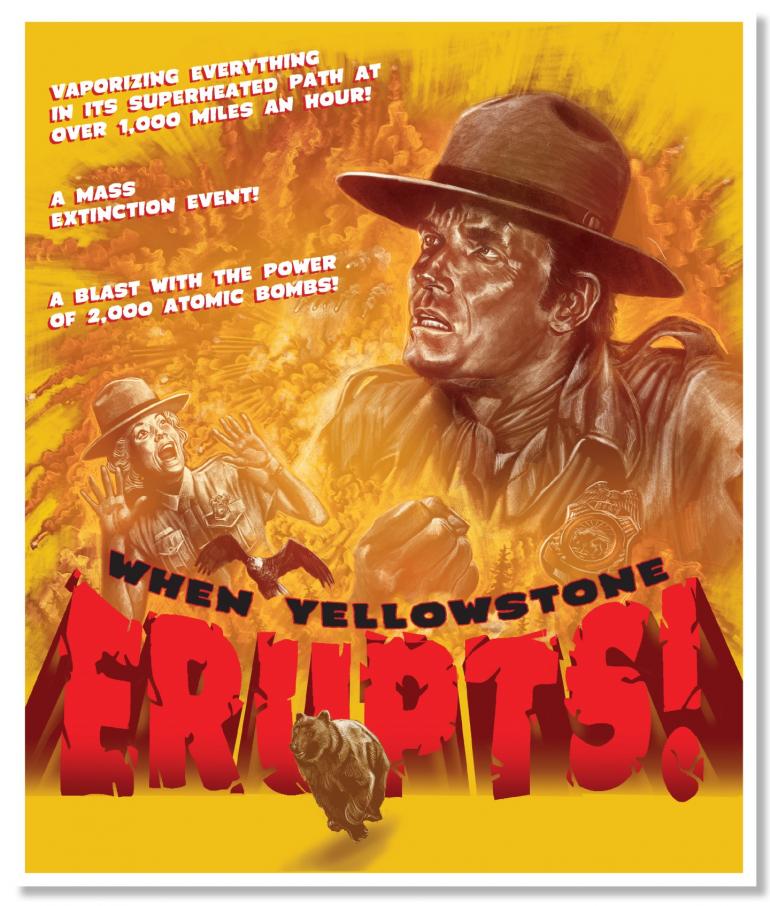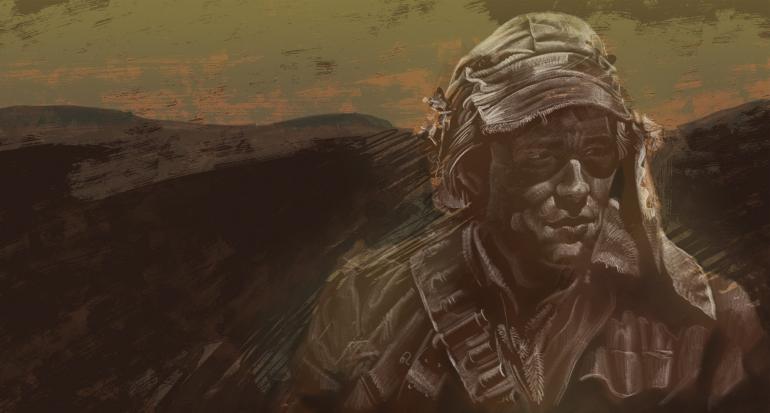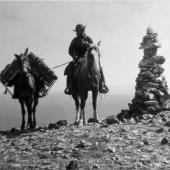When Yellowstone Erupts!

Graphic by Rob Rath
The blast is unthinkable, impossible to understand in human terms. Still, there are some who are far enough away that they have a moment to try. They can see a flash that overtakes the horizon, and then for a moment, they see a black streak rising into space. The scale of it is enormous beyond reckoning. Their mind searches for anything that will help them to understand what they’re looking at. It is something no other humans on the planet have ever seen.
Even before the sound of the blast can reach Ennis, Whitehall, Bozeman, Livingston, Jackson, Cody and Gardiner, the folks living in those towns are nearly instantaneously cooked alive by pyroclastic flow, a mixture of superheated gas, water, debris, lava and ash also known as a lahar. The volcanic hurricane travels downslope from the initial blast at speeds approaching 1,000 mph and destroys any structure standing in its way.
Then comes the sound, one of the most booming and clamorous ever to occur on the Earth, and many, many times louder than the eruption of Krakatau, the previous record-holder for loudest recorded sound. Myriad eardrums, human and otherwise, burst as the sound of the blast travels for thousands and thousands of miles in every direction.
But first, anything within the limits of the park is, essentially, atomized. Every living thing, from the smallest blade of grass to the most ferocious grizzly, is quite literally vaporized as the magma chamber under Yellowstone empties in a series of explosions considerably larger than any explosion ever wrought by man. The explosion at Mt. St. Helens, North America’s most significant and famous volcanic event in the twentieth century, exploded with the force of 500 of the bombs dropped on Hiroshima. The blast at Yellowstone is 2,000 times the size of even that eruption.
The magma chamber being empty, the entire area on top of it, or what hasn’t been instantly obliterated, falls into the resulting cavern, creating a caldera nearly fifty-five miles across. The ejected magma, an unthinkably immense volume of liquid basalt, is 600 cubic miles of material—the equivalent of filling a cube that measures eight miles along every edge. The magma may reach into the atmosphere before falling and blanketing an area the size of Connecticut in red-hot lava 500 feet deep. Up in the clouds of ash, there are hypnotic, frighteningly beautiful flashes as additional explosions, igniting gas, and thunderstorms form in the tumult. Aside from that, the sky is as black—blacker, perhaps, than night.

Graphic by Rob Rath
Ash has entered the atmosphere and begun to spread, blotting out the sun for the majority of the United States before reaching Europe, Asia Minor, the Far East, and finally the entire globe. In the weeks and months to follow, the Earth will enter a long volcanic winter. Even in tropical climes, the average temperature will go down by as many as ten degrees.
Viewed from one perspective, the people killed in the first blast and resulting lahars are lucky, because the volcano will proceed, over hours, months and days, to change the lives of every living human on the planet.
Volcanic winter results in paltry, if not nonexistent, crop yields. Ash blankets the entire western United States, and cities like Missoula or Billings must dig themselves out of a dozen feet of ash as they would a nightmarish blizzard. The ash is ultra-absorbent, drying up or reducing to mud any bodies of waters for hundreds of miles. In fact, for most of the people unlucky enough to survive, ash is what will get them in the end.
Ash clogs the engines of jets in the air. The volume of ash is so great that the plane cannot escape it, and the jet's engines - any engines - can no longer ignite. They stall. Planes drop to Earth. Ash clogs generators and machinery, too. Nothing works: no engines turn over, not without incredible labor devoted to what would be instantaneous before.

Graphic by Rob Rath
As a result, those outside the initial blast but close enough to be under ash starve after the initial reserves of food are spent—even if cities in the East are able to keep their supply lines open, they are unable to fly or drive those supplies to affected areas. The best bet are small teams of people making the trek themselves, carrying what they are able, but the benefits of such expeditions, compared to the cost, are likely prohibitive.
Millions of people and animals across North America will be exposed to extremely heightened amounts of poisons like fluorine and sulfur hydroxide. The exposure to fluorine short-circuits the body’s ability to construct new bones. Millions develop a condition similar to that of the Elephant Man, in which their bones start to develop rough nodules, especially on the backs of hands, legs, on ribs, and in joints. The bone growths in joints make moving the limb extraordinarily painful, and domestic livestock, wildlife and humans will all be rendered essentially immobile from pain and their body’s own berserk urge to grow new, unnecessary bone matter.
The ash may be enough to destroy America’s farm belt’s ability to grow food for years, even decades. Some entire regions which were previously able to sustain their own food production are unable to grow it ever again, or at least not in one human lifetime.
A mass extinction is almost certain. Some of the Western United States’ flora and fauna are never able to recover, while other species must adapt to dramatically changing circumstances or die. Small mammals do better than large ones. Scavenging animals will have to contend with respiratory problems, poison, sudden climate change, and a host of other concerns. But they will not go hungry for lack of dead flesh, as millions of tons of biomass is, simply and irrevocably, extinguished.
The world is enshrouded in cold and dark, and sleep comes uneasily to the inhabitants of the Earth.
Fifty or sixty years after the blast, after decades of black devastation and famine, after the holy wars and territorial disputes over what parts of the world were still habitable, someone who hadn’t even been born when the eruption occurred walks along a rough-hewn path in what used to be called Yellowstone National Park.
He walks in a giant field of lava rock that stretches miles and miles. It is known to his people as a holy but terrible place. He regards it with fear and awe, but can’t quite picture the event that created it. He tries to capture it in his mind—he’s seen rudimentary fireworks, even simple combustion engines made from scavenged parts, so he tries to picture a larger version of that small explosion. Much larger. As large as the caldera through which he walks in his simple, worn shoes.
In the end, he just can’t envision it. It’s too massive, an event on a scale not meant to be grasped by humans. Proof, in fact, that the world is not necessarily made for humans at all.
But he looks down, and amongst the grey uniformity of the basalt are thousands of little green plants forcing their roots into the sparse soil.
The young man adjusts his bag over one shoulder and reflects.
Life isn’t over. Oh no, not yet.

Graphic by Rob Rath












- Reply
Permalink